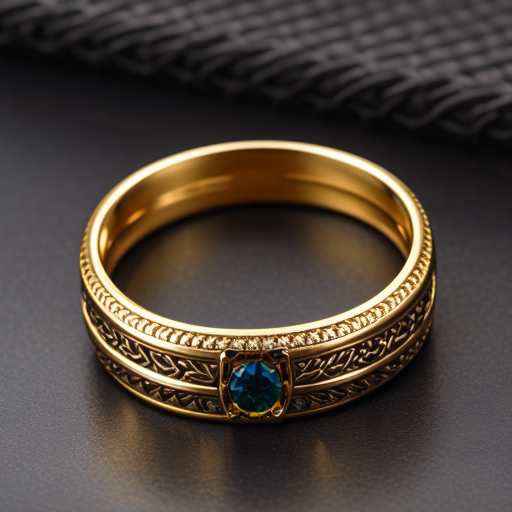Whether you're shopping for an engagement ring, a wedding band, or a fashion ring, one of the most crucial aspects to consider is the ring size. A ring that fits perfectly not only feels comfortable but also reduces the risk of loss. This comprehensive guide will help you understand ring sizes, how to measure them, and factors that can affect ring size.
1. What is Ring Size?
Ring size refers to the measurement used to denote the circumference of the inside of a ring. It is a critical factor to consider when purchasing any ring, as it ensures the ring fits the wearer comfortably and securely. Ring sizes can vary between countries, so it's essential to know your ring size according to different international ring size standards.
2. How to Measure Ring Size:
There are several methods to measure ring size at home:
a. String or Paper Method: Cut a thin strip of paper or string. Wrap it around your finger where you intend to wear the ring. Mark the point where the string or paper meets to form a complete circle. Measure the length of the string or paper up to the marked point in millimeters (mm), which gives the circumference of your finger.
b. Ring Size Chart: Once you have the measurement, you can use a ring size chart to find your corresponding ring size. These charts are readily available online.
c. Existing Ring: If you have a ring that already fits well, measure the inside diameter of the ring and match the measurement with a ring size chart.
Remember, it's always best to measure your ring size a few times to ensure accuracy.
3. Factors Affecting Ring Size:
Several factors can affect ring size:
a. Time of Day: Finger size can change throughout the day. It's best to measure your ring size at the end of the day when your fingers are likely to be largest.
b. Temperature: Fingers can expand in heat and contract in cold. Try to measure your ring size in a neutral temperature environment.
c. Diet and Health: Weight gain, weight loss, water retention, or medical conditions can affect the size of your fingers.
4. International Ring Size Conversion:
Ring sizes vary across different countries or regions. For instance, the US and Canada use numerical scales with half and quarter sizes; the UK, Ireland, Australia, and South Africa use alphabetical scales with half sizes; and most European countries use numerical scales with no half sizes. Therefore, if you're buying a ring from a foreign country, you'll need to convert your ring size using an international ring size conversion chart.
5. Tips for a Perfect Ring Fit:
a. If you're in between sizes, it's generally safer to go for the larger size.
b. Wider bands often require a larger size. If the ring you're buying has a wide band, consider going half a size up.
c. Remember, the ring should fit your finger comfortably, snug enough not to fall off, but loose enough to slide over your knuckle.
Conclusion:
Understanding ring sizes is crucial to ensure comfort, security, and the overall enjoyment of wearing your ring. By knowing how to measure your ring size accurately and being aware of factors that can affect ring size, you can confidently choose or design rings that will fit perfectly. Whether you're buying a ring for yourself or a loved one, this comprehensive guide to understanding ring sizes will help you make an informed decision.

No comments:
Post a Comment